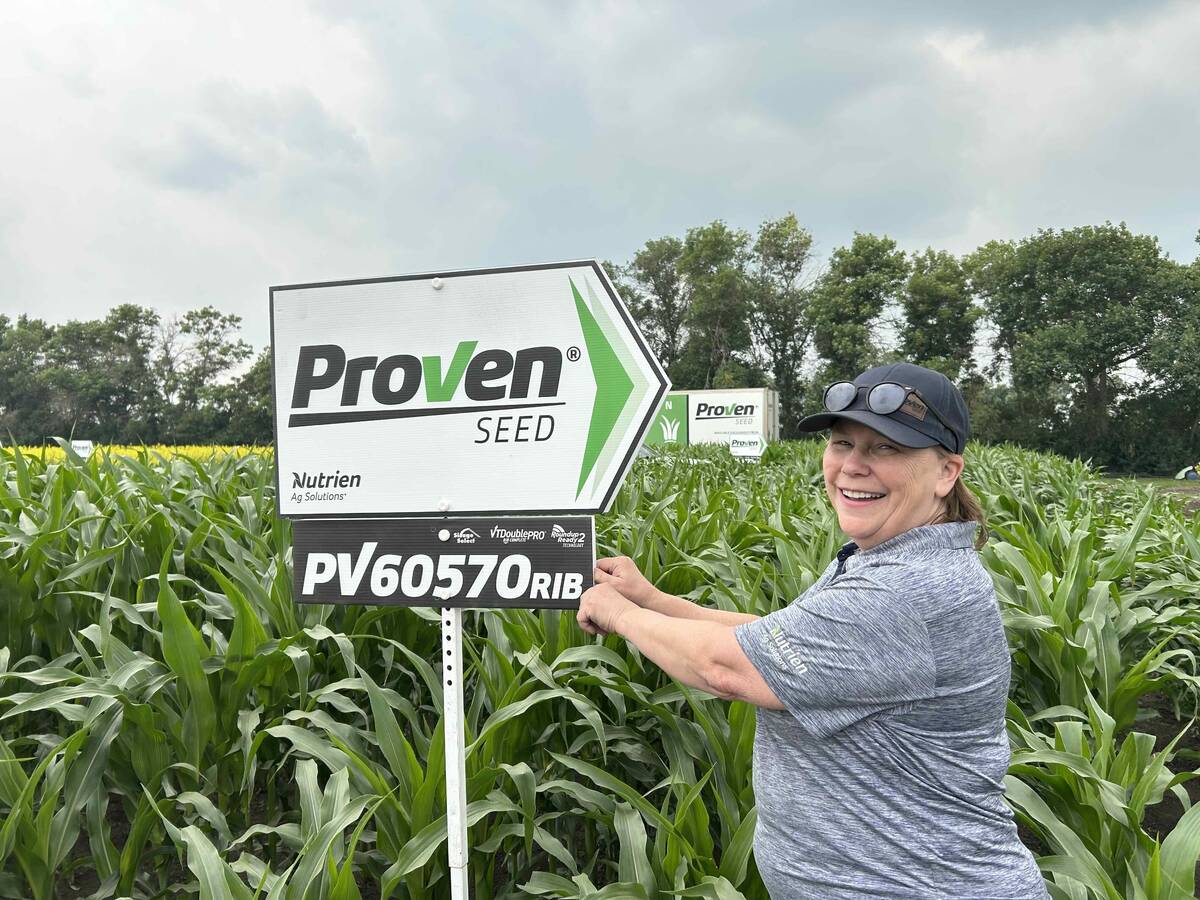A large pit in the Saskatchewan Rural Municipality of Canwood lies ready to accept what once went into animal feed and fertilizer but is now considered too dangerous.
The landfill has been approved to accept specified risk material from slaughter plants after it is rendered at Saskatoon Processing Co., a division of West Coast Reduction.
The new procedures are part of the stricter feed ban implemented two years ago to deal with BSE.
“It was kind of a necessity in the province,” said Richard Porter, reeve of the RM and president of the regional landfill, Highway 55 Waste Management Corp.
Read Also

Ag In Motion 2025 site hub of activity
day before Ag in Motion preview.
“We accepted the challenge. We’re doing it for the industry and we’re hoping to make it pay off for everybody.”
The pit is located seven kilometres northwest of Canwood next to the regional landfill.
Porter said residents raised few concerns when a public meeting was held with the Canadian Food Inspection Agency, Saskatchewan’s environment ministry and the renderer.
He said regulations strictly govern how the pit is to be filled and managed to prevent leaching and contamination.
“We’ve done our due diligence,” he said.
The landfill had to meet federal and provincial environmental assessment requirements before it could proceed, said Ed Gee, who works in Saskatchewan Environment’s waste management and contaminated sites unit.
It also falls under legislation dealing with environmental protection and refuse management.
“CFIA put together a fairly rigorous set of guidelines to deal with SRM movement and disposal,” Gee said.
For example, the liner and the final cap on a full landfill must be at least 60 centimetres thick.
To prevent contamination, equipment used in the SRM landfill cannot be used in another landfill.
The rendered material has to be covered immediately to prevent scavengers from dragging it away, which Porter said means covering it with two centimetres of material.
“The main thing is containment,” Gee said. “There are quite a few safeguards in place.”
CFIA requires monitoring logs to be kept on the site for 10 years.
Until now, the only landfill in Western Canada that accepted rendered SRM product was in Coronation, Alta.
Bruce King, manager of Saskatoon Processing Co., said shipping to Canwood will be easier and cheaper at half the distance.
“We’ve been hoping they would get this thing done since 2007 when the enhanced feed ban came in,” he said.
However, the loss of large-scale cattle and hog processing in the province has reduced the volume of SRM material the company can process. Saskatoon Processing can also render horse and poultry carcasses.
King said the company processed tens of thousands of tonnes in 2008 but won’t repeat that in 2009.
“Our volume is hurting right now,” King said.
SRM is collected weekly and processed into what King describes as a dry, brownish crumbly product that will compost in a sealed landfill.
“It’s very safe,” he said. “It’s basically been rendered sterile.”
Other disposal methods include gasification and alkaline hydrolysis, but they are more expensive.
The landfill cost $2 million, three-quarters of which was cost-shared 50-50 by the federal-provincial SRM management program.

















